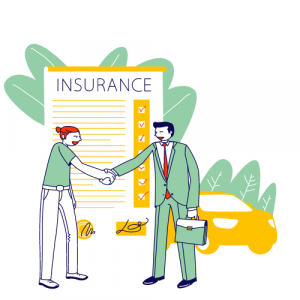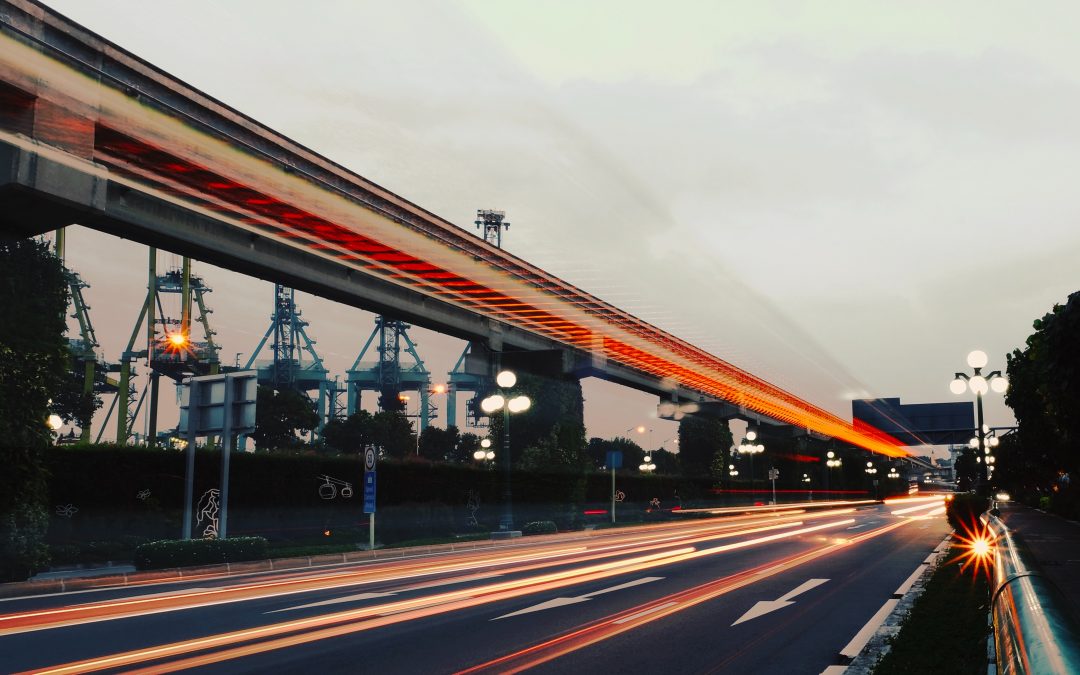Image Credit: Aaron Samuel | Unsplash
Whether it’s the PIE, SLE, or BKE, these expressways in Singapore have one simple thing in common: They are designed to make traveling across longer distances more efficient for motorists. Without the usual traffic junctions, and boasting wider lanes, expressways allow road users to go much faster than they otherwise would on a smaller road – almost twice as fast to be exact!
Expressways generally have a speed limit of 90km/h, while smaller, arterial roads usually cap speed limits at 50km/h. This is why motorists need to treat driving on an expressway differently. Apart from bad weather and unfortunate road accidents, there are few other crucial factors that could deeply affect how your next expressway experience will be.
Not sure how your driving habits are making a difference? Here are 5 things you need to know about driving on expressways in Singapore:
1. Mind the gap between you and the car in front for a smoother expressway cruise
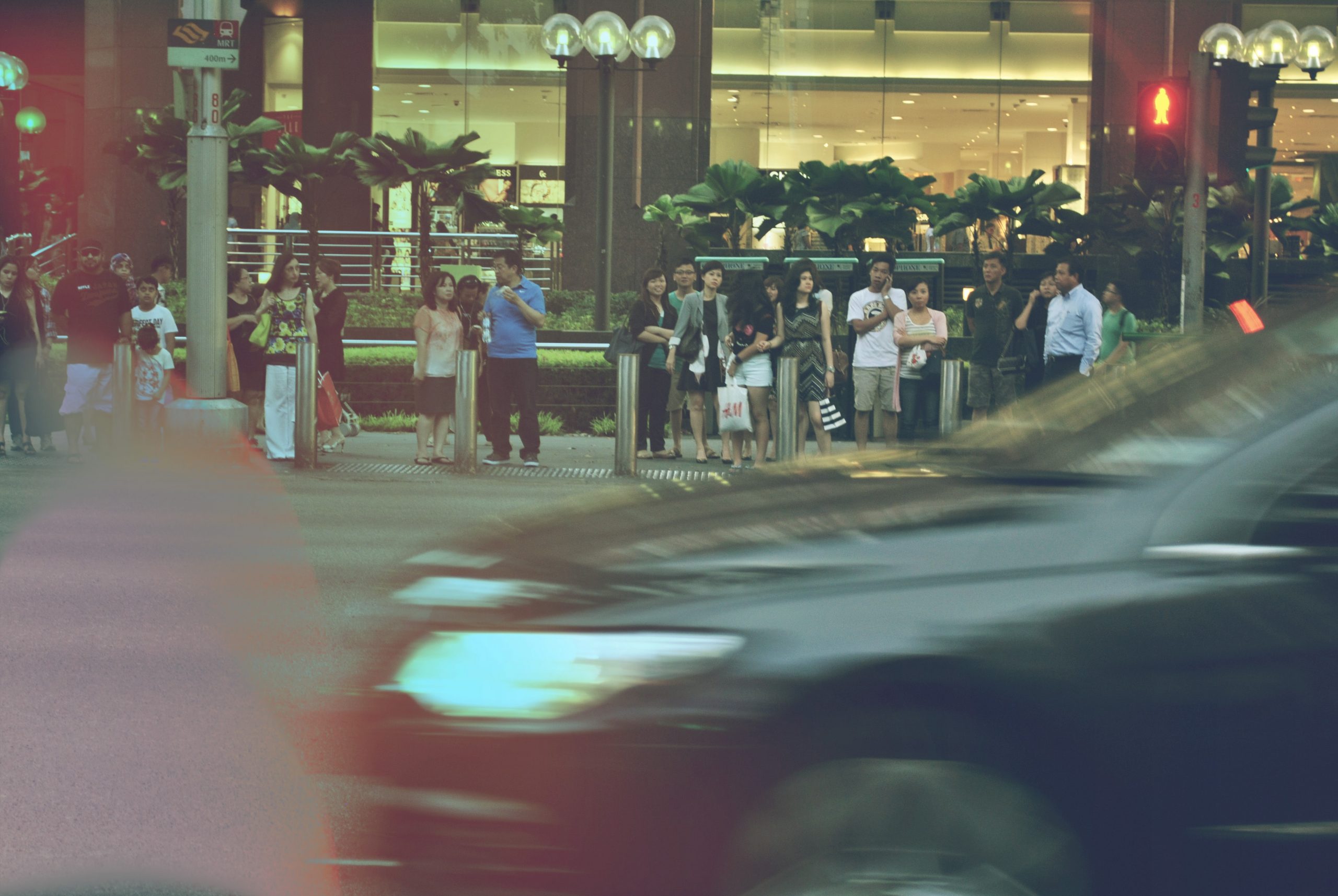
Image Credit: Almira Manduria | Unsplash
Singaporeans are a kiasu bunch, and unfortunately, our “afraid to lose” behavior is oft widely displayed on the road as well. In keeping with our other socially ungracious habits, you’ll find that it’s common practice for drivers to keep close to the car ahead of them just to ensure other motorists cannot cut into their lane.
While drivers who change lanes last-minute definitely do not make traffic smoother, neither do you with your constant braking whenever the vehicle in front of you stops or slows down. If you find yourself constantly doing that and giving your passengers a legit case of road sickness, it’s time to stop sticking your hood too close to somebody else’s boot!
Read More – 7 Insta-Worthy Locations for Car Owners in Singapore
Not only is this uncomfortable, tiring, and accident-inciting, but incessantly tapping your brakes also wears your tyres out and ups your monthly petrol expenditure. So instead of abusing your brakes, keep up a reasonable gap, and enjoy the peaceful, easy feeling of coasting and slowing gradually.
2. You need to accelerate when you enter an expressway
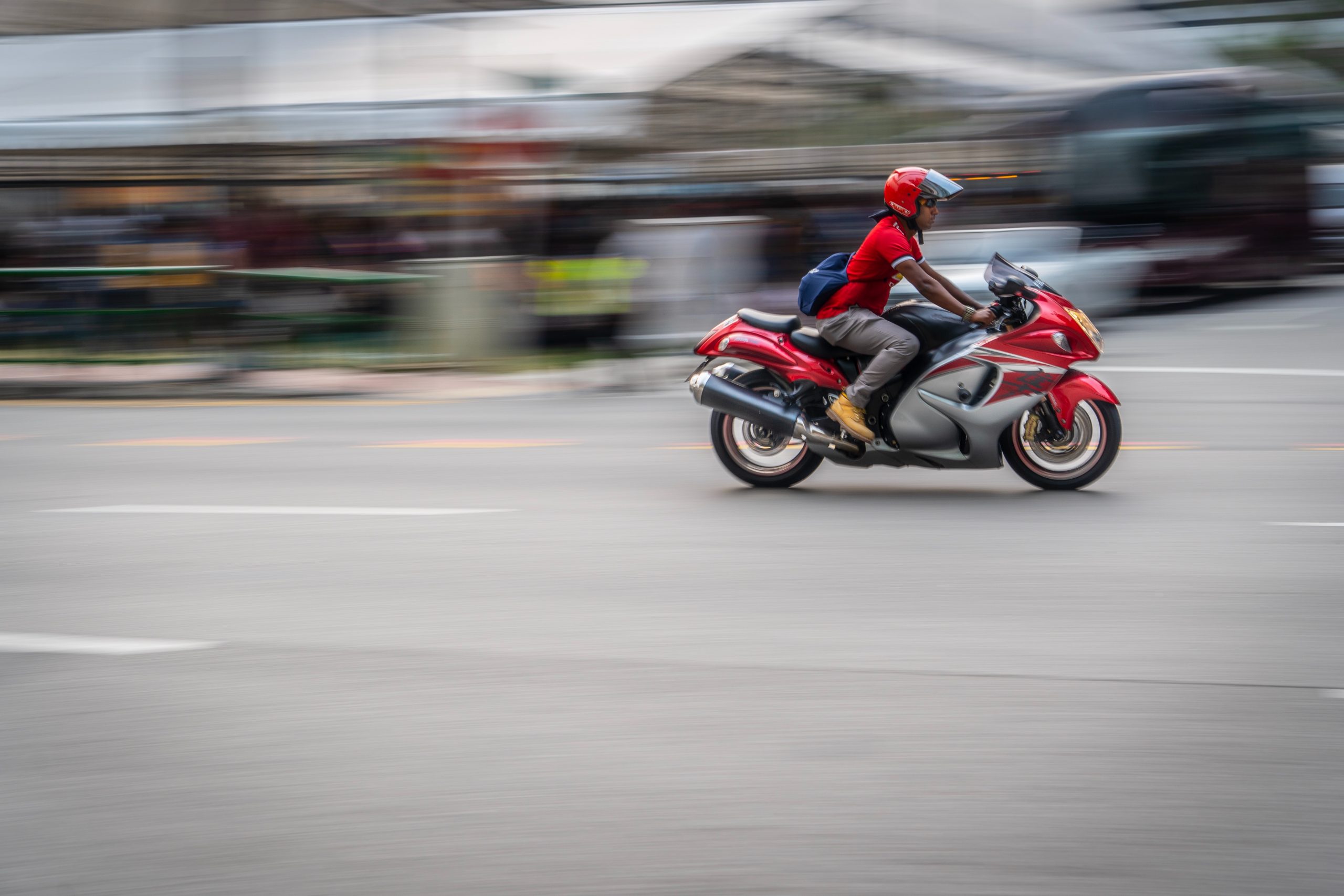
Image Credit: Shubhendy Mohanty | Unsplash
Let’s talk: Slip roads. These 100m or so stretches of roads are built for motorists to observe other drivers on the main expressway, accelerate, and get into a comfortable cruising speed that matches that of other vehicles.
Unfortunately, experienced and inattentive drivers alike have often faltered on slip roads, and aren’t always able to merge smoothly into the expressway. Ever seen a stationary driver desperately waiting for a gap in expressway traffic? This is extremely dangerous for other motorists, especially those who find themselves in the rear of a hesitant driver.
So remember folks, when you’re getting on a slip road, don’t slip up – Be alert, and start observing and matching the speed of other motorists on the expressway, and merge smoothly.
3. Slow down in the deceleration lane as you leave the expressway
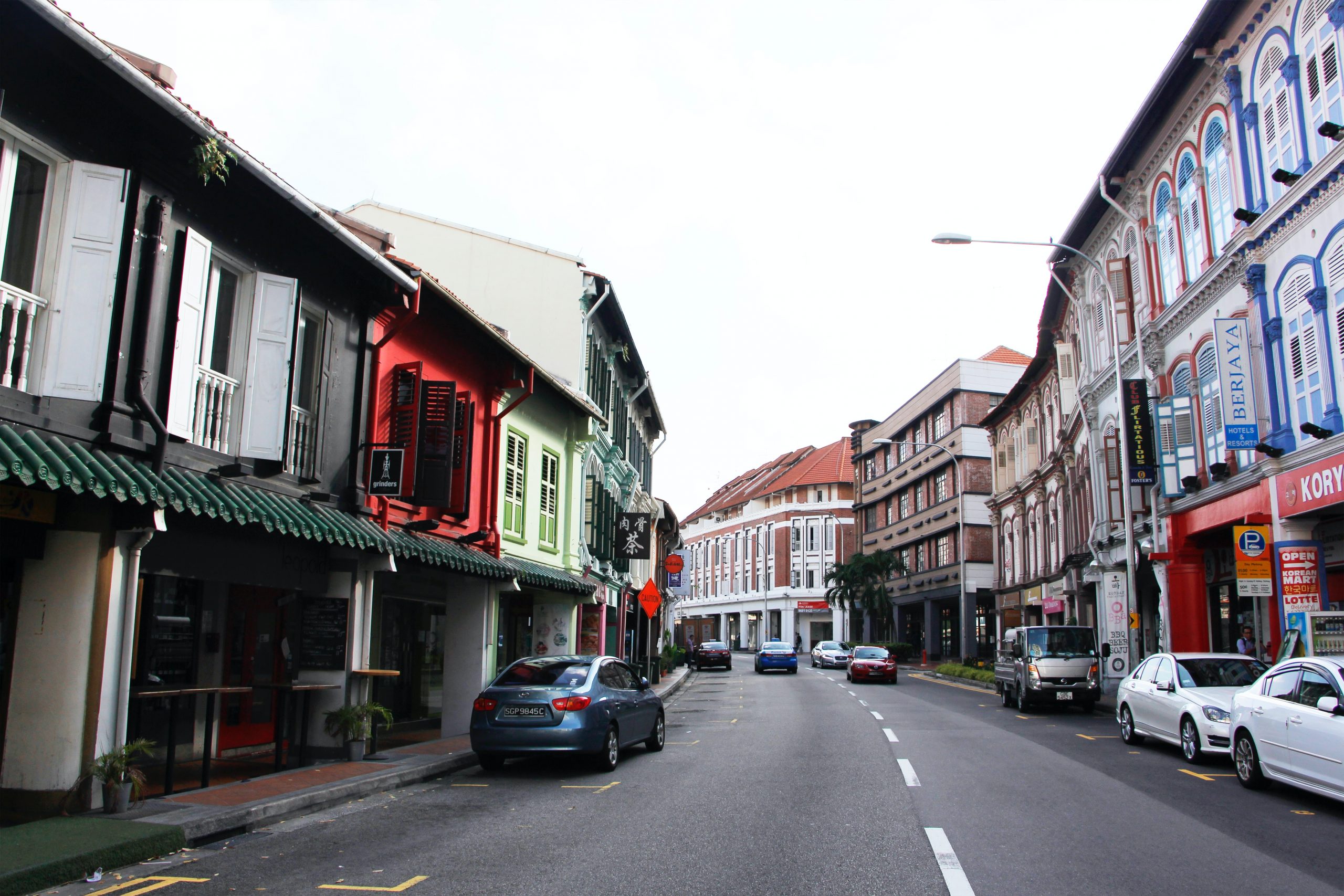
Image Credit: Kelvin Han | Unsplash
On the other hand, what should you do when it comes to decelerating? Well, when leaving an expressway, you should only start doing so when your vehicle is in the deceleration lane. Doing otherwise would slow down traffic behind you, and ain’t nobody got time for that! Once you’re in the deceleration lane, you can calmly focus on slowing down to match the traffic on the road you are headed towards.
4. Don’t hog the road: Right lanes are for overtaking
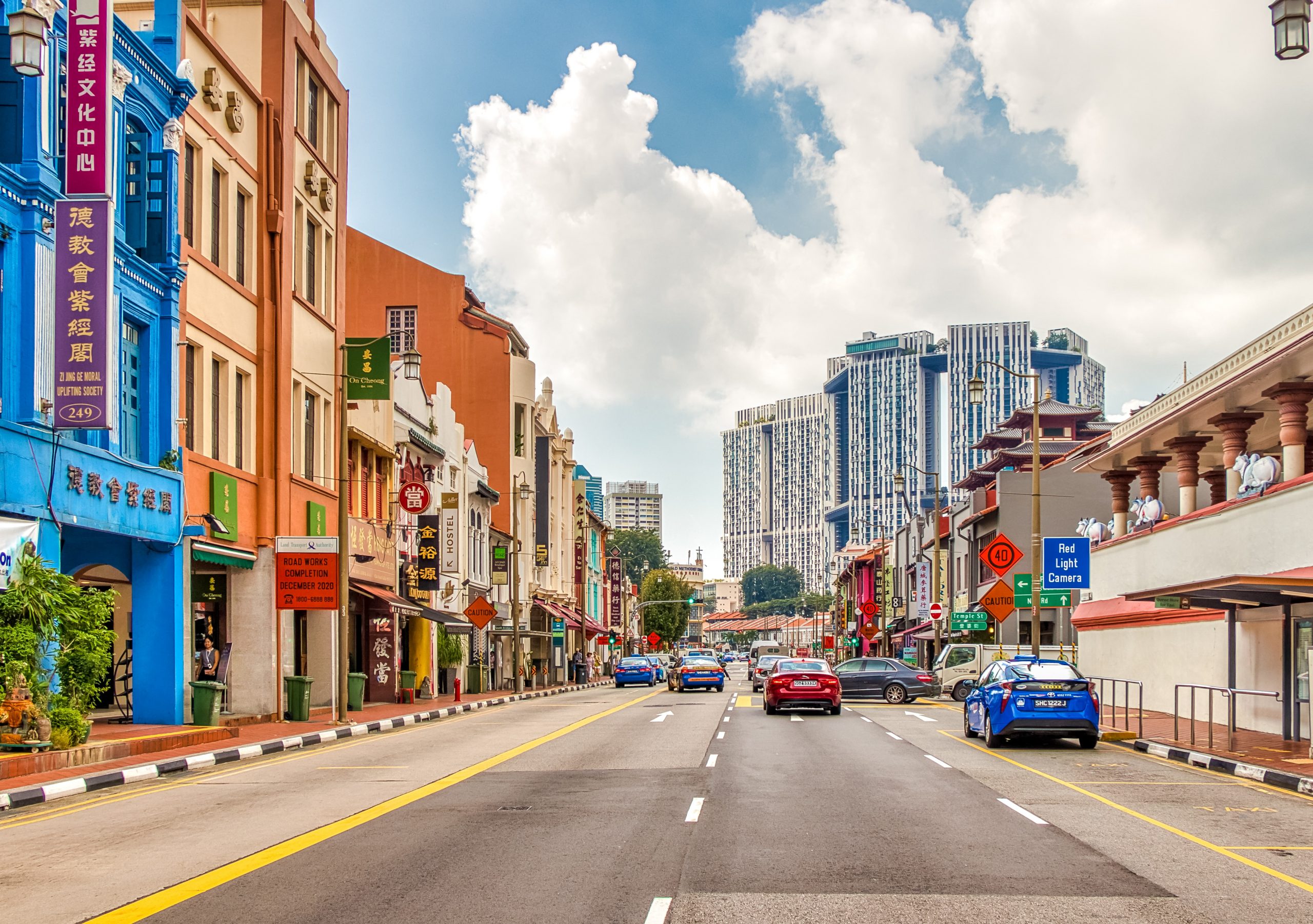
Image Credit: Andreas M | Unsplash
The right outermost lane is designed for overtaking vehicles and emergencies. If you do use it, you have a legal responsibility to return to the center or inner lanes as soon as possible.
Unfortunately, the above is not commonly practiced in Singapore, and many drivers have made a habit of taking an overly long sojourn in the fast lane, and sometimes at ridiculously low speeds.
(Cough) If you didn’t already know, staying in the right lane and preventing other cars from overtaking is an act of road hogging, which carries a fine of up to $1,000 and three months in jail. So do yourself a favor and don’t hog the right lane.
5. Unless it’s an emergency, never stop on the road shoulder
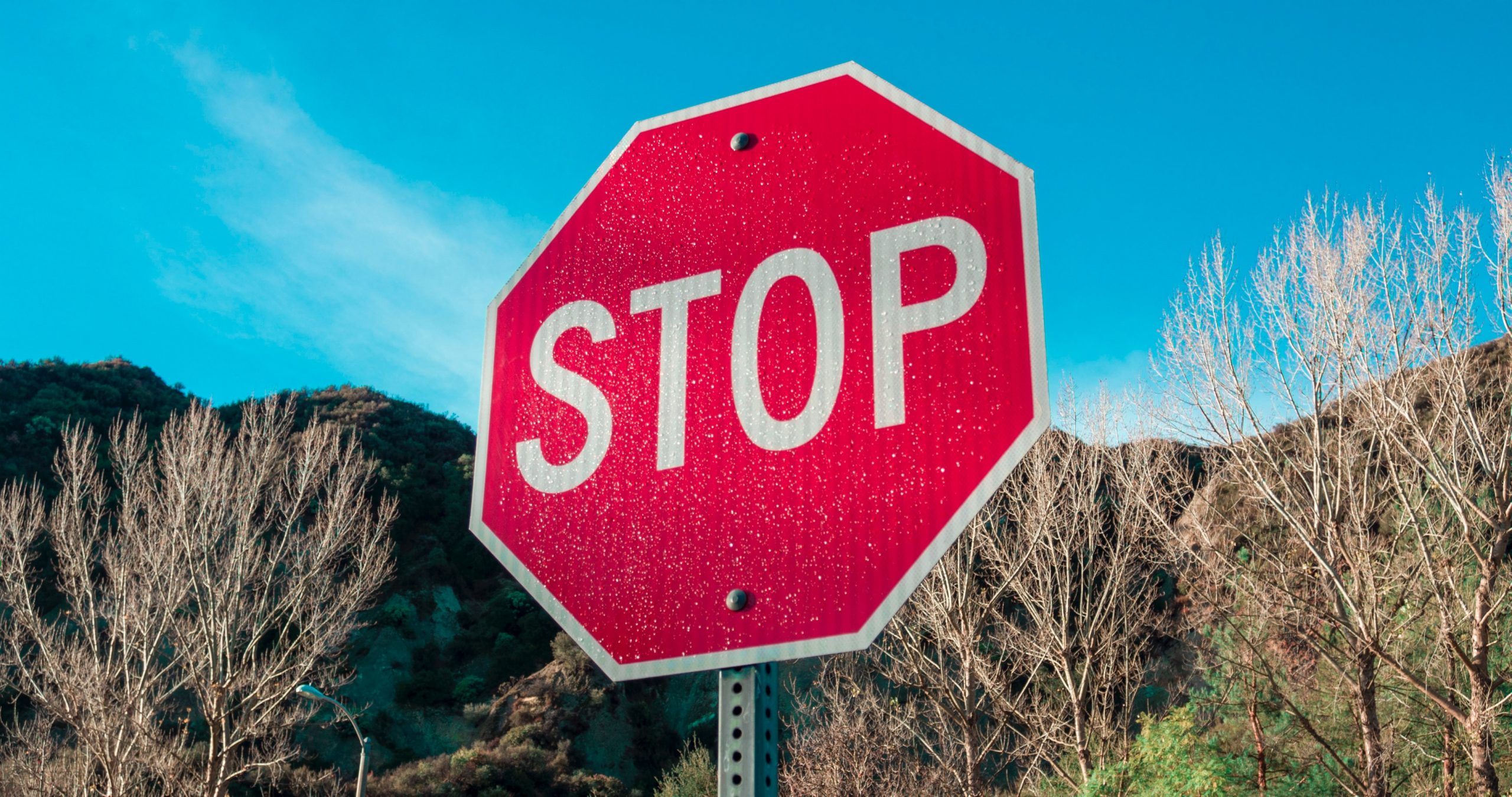
Image Credit: Nick Wright | Unsplash
On the leftmost lane, you’ll find an emergency road shoulder that’s there to give drivers a safe space to stop in case of an emergency like a vehicle breakdown or accident without blocking traffic.
The road shoulder is not a place to stop over for a phone call or wait for an ERP gantry to be turned off. If you’ve stopped for anything less than an emergency, you might find yourself facing a $150 fine, and slapped with four demerit points.
If you’ve found yourself in an emergency situation, remember to switch on your hazard lights after moving over to the road shoulder. You may call LTA at 1800-2255-582 for towing assistance. The LTA recovery team will help tow your vehicle to the nearest car park, where you’ll then have to arrange for your own towing service to your preferred workshop.
We hope that these 5 tips will help make you a better driver on the expressways in Singapore. Whether you find yourself on the PIE or BKE, remember to stick to these dos and don’ts, and we’re sure you’ll help spark joy in the motorists around you instead of being a pain in the boot.
Find the best car insurance coverage at the most affordable price
